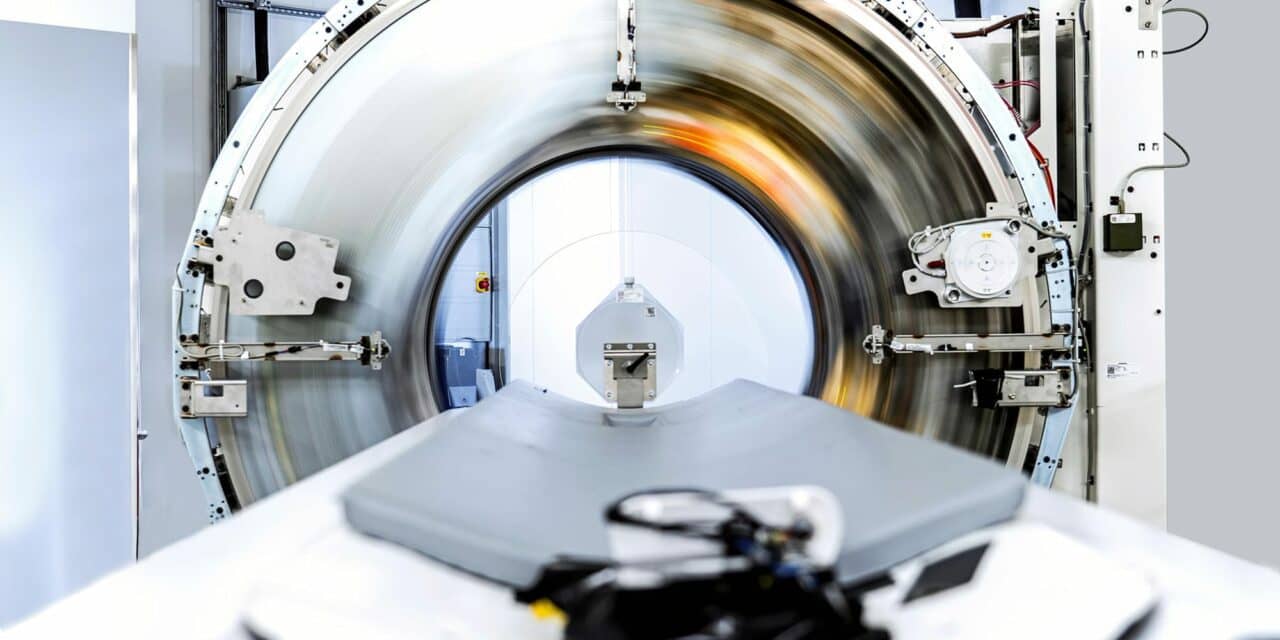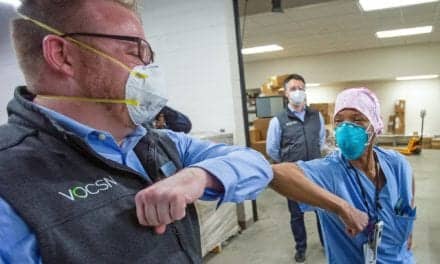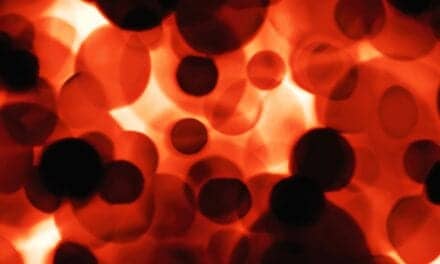The US FDA has cleared the Siemens Naeotom Alpha, the world’s first photon-counting computed tomography (CT) scanner, according to the company.
The FDA reports that Naeotom Alpha uses the emerging CT technology of photon-counting detectors which can measure each individual X-ray that passes through a patient’s body, as opposed to current systems which use detectors that measure the total energy contained in many X-rays at once. By ‘counting’ each individual X-ray photon, more detailed information about the patient can be obtained and used to create images with less information that is not useful in the review and analysis.
The device is the first new major technological improvement for Computed Tomography (CT) imaging in nearly a decade, the FDA said in a press release.

Siemens explained that the device’s new photon-counting detector has an active detection layer consisting of a cadmium telluride one crystal (CdTe) and offers clear advantages over conventional CT detectors.
“Standard CT detectors convert X-rays in a two-step process, first into visible light that is subsequently detected by a light sensor, ultimately producing the final image. Due to this intermediate step, important information about the energy of the X-rays is lost and no longer available to aid in diagnosis; contrast is reduced, and images lack clarity,” the company explained. “The photon-counting CT detector developed by Siemens Healthineers no longer converts the X-rays into visible light. The X-ray photons are converted directly into completely digital electrical signals and then counted without information loss. This adds a wealth of completely new, clinically relevant information and improves image sharpness and contrast.”
Siemens Healthineers says the innovative imaging process will benefit a range of patients — from oncological procedures and heart diagnostics to lung follow-up checks for respiratory illnesses — by offering precise and comprehensive examinations at low radiation and contrast dose.
The FDA reviewed the Siemens Naeotom Alpha through the 510(k) premarket clearance pathway, which is a premarket submission made to the FDA to demonstrate that a new device is substantially equivalent to a legally marketed predicate device.
“Computed tomography is an important medical imaging tool that can aid in diagnosing disease, trauma or abnormality; planning and guiding interventional or therapeutic procedures; and monitoring the effectiveness of certain therapies,” Laurel Burk, PhD, assistant director of the Diagnostic X-ray Systems Team in the FDA’s Center for Devices and Radiological Health said in a press release. “Today’s action represents the first major new technology for computed tomography imaging in nearly a decade and underscores the FDA’s efforts to encourage innovation in areas of scientific and diagnostic progress.”











